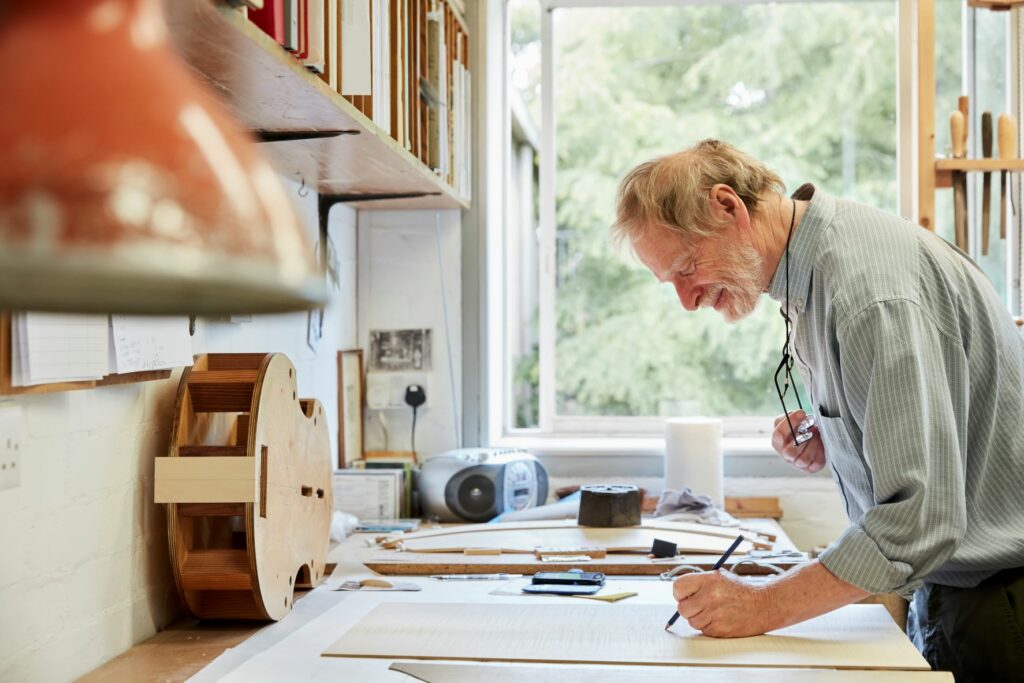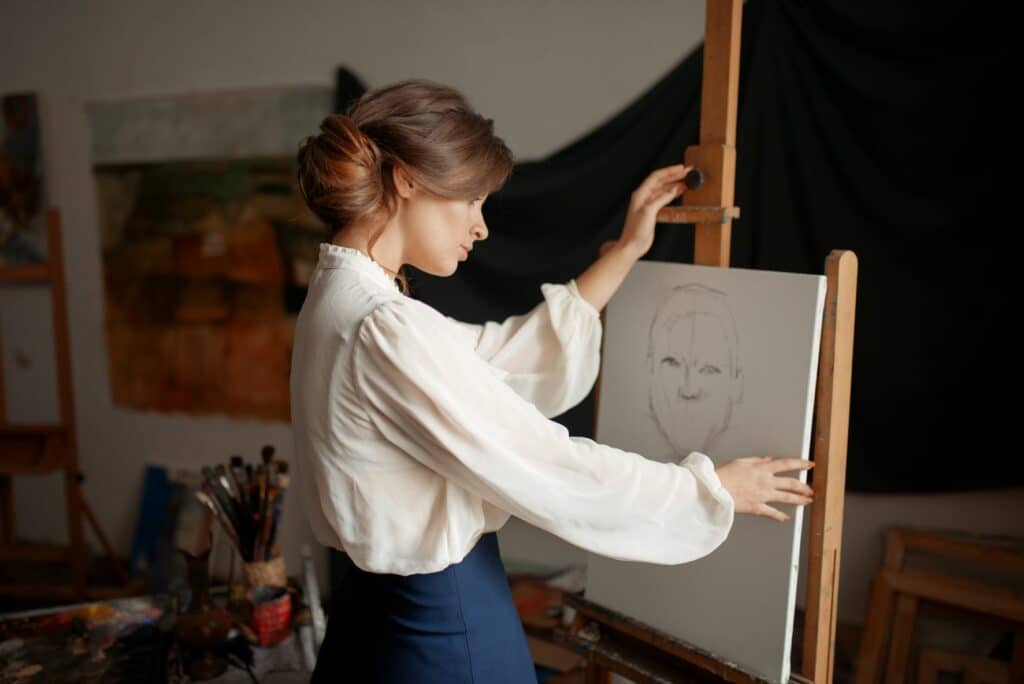Drawing is an art that requires special skills. It’s why some people struggle with basic things like drawing a simple circle or a straight line, even after several attempts. The good news is that anyone can learn how to draw.
You can teach yourself how to draw and improve this skill. Sure, it’s easier to improve this skill for a talented person. But even if you are not, you can perfect your drawing with time and dedication. This article shares some insights on learning how to draw by yourself. Read on to learn more.
Can You Learn to Draw at Any Age?
Anyone can learn to draw regardless of their age. Well, it’s usually easier to perfect your drawing skills at a young age. However, you can still do it even if you are older. What matters is that you are dedicated and motivated to learn this skill. Contrary to what many people think, drawing isn’t only for kids. Adults can perfect this skill and use it as a hobby or even a source of income.

So, how long will it take to perfect my drawing? Unfortunately, there isn’t a simple answer to this. It could be a few minutes to a few hours or even many years, depending on an individual. It is a matter of prioritization and how complex the object you want to draw is. But once you master a concept, you can keep practicing and improving on it.
Steps to Teaching Yourself How to Draw
Step 1: Collect Your Art Supplies
Of course, you cannot start drawing without the needed tools. But don’t trouble yourself buying expensive art supplies since you are only starting. A simple pen, pencil, and paper will get the job done.
Step 2: Sketch Anything You Want
Choose any subject you like, preferably one that you can currently see. Please choose a meaningful subject like a flower or a pet. Also, note that drawing what you can see is much easier than using your imagination. A visible object improves your focus, and you can capture all the detail.

Step 3: Start by Drawing Short Lines
Begin to press your pencil very lightly against the paper. Pay attention to the line you are drawing without worrying about your subject. For instance, if you have picked your cat, don’t think about it yet. Instead, focus on outlining first. Your cat’s edge will be represented by the line between it and the environment.
It’s also advisable that you avoid drawing continuous lines. Rather, opt for short strokes. The shorter the strokes are, the easier it will be to draw. Also, avoid critiquing your work at this stage. Just draw fast and finish your strokes.
Step 4: Fill in the Details
Now that you have an outline of your subject, you can begin working on the interior. Identify the landmarks or distinguishing marks on your subject to help you know where to draw the next line. Using the same cat example, look out for marks like a tuft of hair on the cat.
Step 5: Time to Shade in Shadows
Shading is challenging for many people, but it’s an essential step as your drawings will have more depth and light. Start by observing how the sun shines on the subject, then with a sharp pencil, shade lightly on the object. Remember to make even marks on your subject’s dark areas. As your pencil tip starts to wear away, shade shadow areas. Here, you’d want to press harder to make the marks darker.

You can perfect your shading using a shading bar. Move your pencil back and forth, starting from one end of your drawing paper, moving across it to the other end. Remember to put more pressure when transitioning to darker marks.
Alternatively, one can use value bars. Divide a rectangle into five sections leaving one end white. Darken the other end and layer lines in the squares in between. This will bring out a different shade of gray.
How to Draw Your Own Art Style?
Now, the above steps are for drawing a subject that has already been created. But to be a true artist, you must also learn to come up with unique drawings from your imagination. Here are the steps for drawing an original piece;
Step 1: Draw several shapes with your hands shaking; like you are feeling nervous. Do that until your hand relaxes. Try to draw 3D shapes as much as you can. (Skip this step if you already know how to draw perfect shapes).
Step 2: Combine blocks to form figures. Join the objects that you’ve outlined to form one imaginary object. For instance, you can make several rectangles, cylinders, and circles. Then imagine which of these blocks can join together to form an object. Once you have that picture, start linking the blocks up.

Step 3: Design a reference sheet. It’s unlikely that the first trial would be perfect. In that case, you want to make it a reference sheet that you can refer to when doing another attempt. Arrange forms to form a subject’s shape. Erase meaningless lines and refine useful ones to give the subject shape. Once done, try drawing your subject from different angles. For instance, if drawing a horse’s side view, most people would draw the nose from a square, chest from a circle, and ears from a triangle. However, there are various other ways you can draw this object.
Step 4: Perfect your drawing. Go back to the sketches and check where you made a mistake. Once you identify, draw the subject again, paying close attention to all detail. Start by drawing shapes to outline the subject, then bring out the other details.
Step 5: Practice and more practice. The more you draw, the better you’ll become. So spare time every week to perfect your drawing skills.

If you want to go beyond being just a beginner at this or any other skill, and work toward developing a real mastery, then you are going to need a deeper and more powerful strategy. What you need is a way to hack your brain so you can develop a winning mindset.
A winning mindset is a state of mind that allows you to enter a flow state at will. You do this by programming your subconscious mind.
Believe it or not, most of what you do throughout an average day is NOT freely chosen by your normal waking consciousness even though it may seem that way. The truth is that most of what you do on a day-to-day basis is done on autopilot. An example of this would be when you’re driving your car and as you do so you get bored and begin daydreaming. Before you know it, you find yourself several miles further down the road with absolutely NO memory of having driven those last several miles.
So, who exactly was driving while your waking consciousness was in la-la land, and how exactly did you manage to avoid an accident? Your subconscious mind was in control. You already spent years programming your subconscious with how to deal with a broad range of possible driving scenarios and thus it had no trouble taking the wheel while your waking consciousness took a little break. In other words, you were able to take effective actions without having to THINK about them.
The same way you programmed your subconscious to drive, you can also program it to automatically take successful actions toward mastering any other skill you decide that you want to learn. CLICK HERE to learn a proven, step-by-step formula to help you attain mastery at any skill you choose and achieve everything in life.






